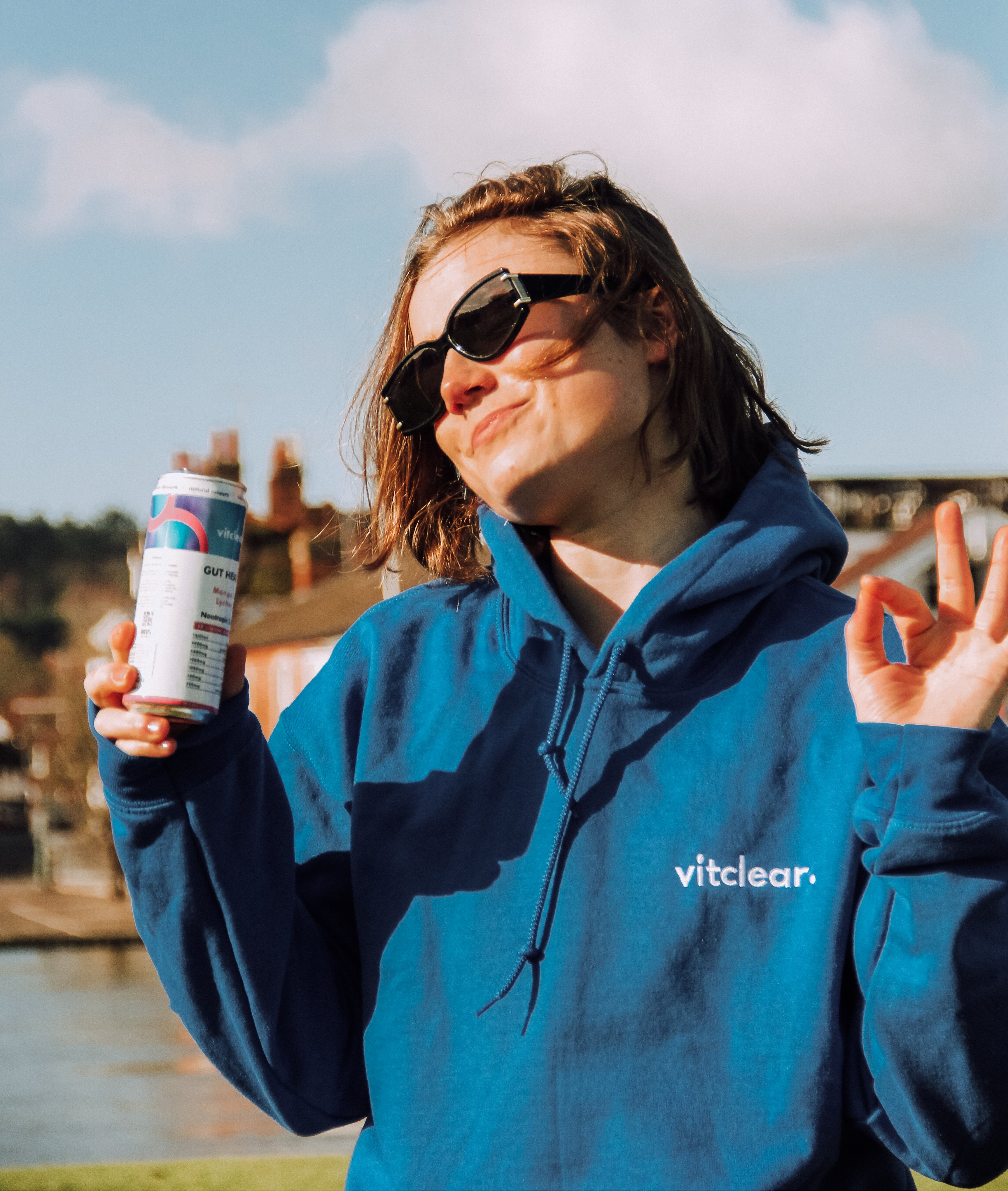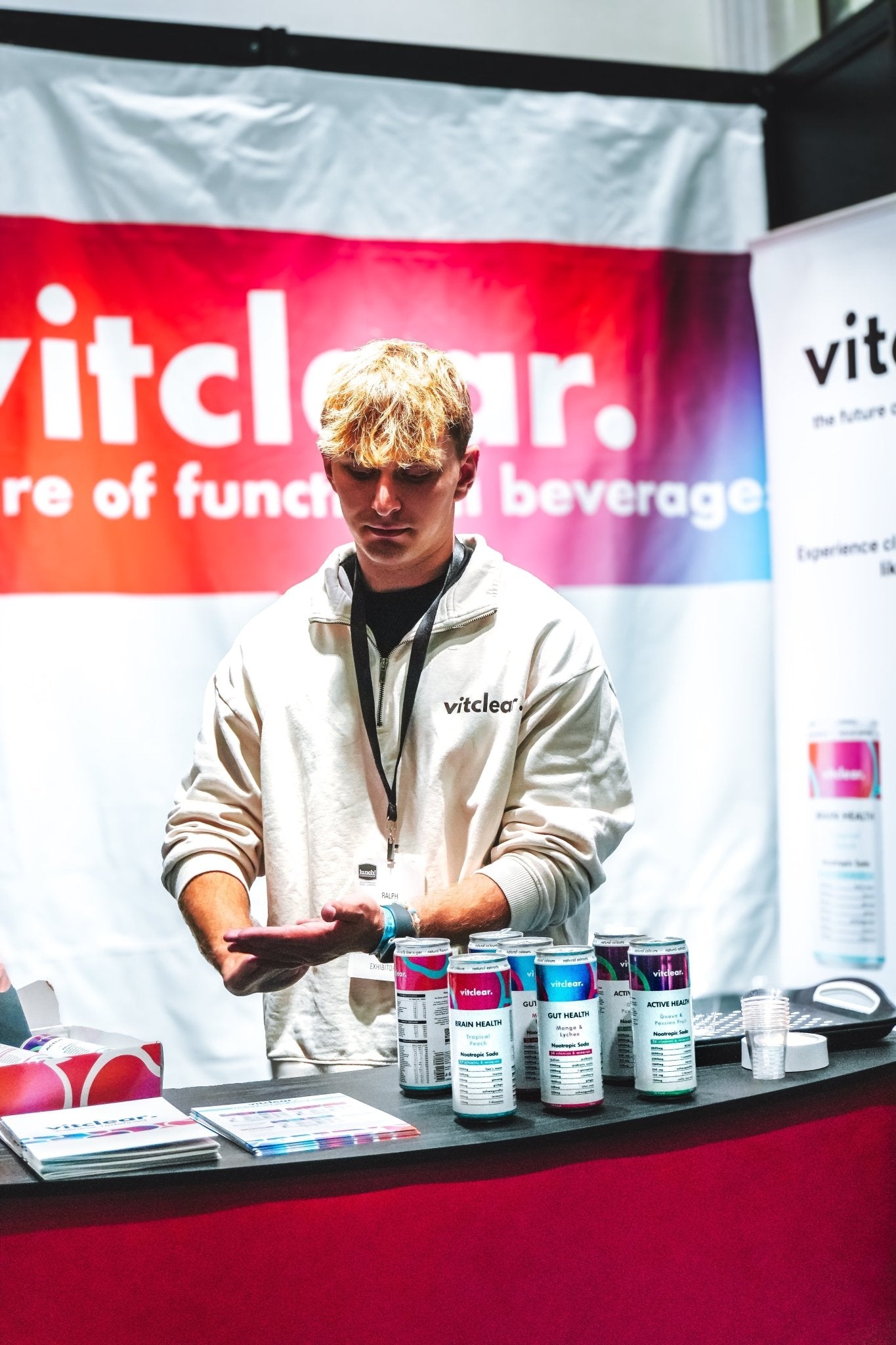Walk into a UK bar or restaurant today and you’ll notice something subtle but seismic: the menu reads more like a wellbeing aisle. Alongside draught lager and classic cocktails sit kombucha on tap, kefir spritzes, matcha coolers, and “focus” or “calm” sodas. This isn’t a fad-it’s the result of real shifts in how Britons socialise, moderate, and look after their health.
Below, we unpack what’s changing, why it matters, and how operators can respond-using current data rather than hype.
1) Moderation has gone mainstream - and it’s reshaping the on-trade
Multiple data sources point to a structural moderation trend rather than a one-month “Dry January” blip:
-
Three in four UK adults are moderating to some extent, with behaviours like “zebra striping” (alternating between alcoholic and no/low drinks) rising year-on-year. One in three pub visits is now alcohol-free, and a quarter of adults choose to make their final drink alcohol-free to extend their stay. MorningAdvertiser.co.uk
-
Alcohol-free options are scaling across the on-trade. Lucky Saint is now available on draught in 1,200+ UK pubs, signalling a step-change in visibility and normalisation of alcohol-free choices at the bar. Financial Times
-
No/low volumes grew again in 2024, with cross-category gains led by beer but momentum spreading to wine and spirits too. IWSR
-
Drinkaware trendlines show fewer adults drinking weekly than a decade ago, and a sizeable minority not drinking at all - especially among younger adults. drinkaware.co.uk
For operators, this means “non-drinkers” are no longer a niche to be accommodated. They’re a core audience to be delighted.
2) From “soft drinks” to “functional serves”
If moderation is the why, functional drinks are the what. The modern “adult soft” isn’t just sugary soda; it’s a beverage with a purpose - probiotics for gut health, L-theanine for calm, electrolytes for rehydration, or caffeine-free focus blends.
-
Functional drinks are booming in UK retail, a signal that guests will expect them on menus too. Ocado Retail reports +54% year-on-year growth in functional drinks such as kombucha, kefir and matcha, with 61% of Gen Z consuming them several times a month and 60% viewing them as viable alcohol alternatives in social settings. Ocado Retail Limited
-
Kombucha’s trajectory is steep. Tesco highlighted demand up 65% over two years, while market researchers estimate the UK kombucha category at $170.9m in 2024 with double-digit CAGR through 2033. tescoplc.com+1
-
Trade sources expect softs and mixers to play a bigger role in 2024–25 as consumers pursue “flexi-sober” lifestyles and premium, experience-led occasions. CGA+1
On-trade implication: The profitable gap between “tap water” and a £12 cocktail is increasingly filled by premium, functional non-alcoholic serves.
3) Menus and day-parts are being redesigned
The moderation trend isn’t confined to January or late-night only; it’s visible across day-parts and occasions:
-
KAM’s nationally representative work with Lucky Saint shows moderation behaviours stretching across weekdays/weekends and through “alcohol-led” moments, creating opportunities for “low & no hours” (e.g., lunchtime and early evening) to drive incremental visits and dwell time. KAM
-
Duty reforms and category innovation have catalysed growth in lower-ABV beer, nudging menus to include more sub-3.5% choices while maintaining flavour. Financial Times
-
In pubs, low/no beer value hit £109m in 2023, up 39% vs 2022 and 95% vs pre-Covid, making it the fastest-growing beer segment by volume and value in the on-trade. MorningAdvertiser.co.uk
The net effect: boards and QR menus are shifting from a binary “alcoholic vs soft drink” split to multi-lane menu architecture - no/low, functional, wellness shots, and premium mixers.
4) What guests say they want (and what that means for design)
From surveys and sales patterns, five guest expectations stand out:
-
Parity of experience
Alcohol-free and functional options should look and feel like “hero” menu items -served in proper glassware, garnished, and priced to reflect craft and value (not a token lemonade). CGA and Fentimans’ reporting underlines the premiumisation of softs and mixers as expectations rise. CGA -
Clear functional benefits (without health claims overreach)
Simple, responsible signposting - “calm,” “focus,” “gut-friendly,” “caffeine-free energy” - helps guests navigate. UK consumers are engaging with adaptogens and nootropics, but clarity and credibility matter. (Survey evidence shows rising interest alongside caution and the need for transparent information.) IMPOSSIBREW® -
Quality on draught and in cans
The psychological signal of seeing a quality alcohol-free brand “on tap” drives trial and removes stigma. Financial Times -
All-day relevance
Wellness drinks unlock earlier day-parts (brunch, lunch, pre-game) and late-night “wind-down” moments - fitting the real-world pattern of moderation across the week. KAM -
Breadth within no/low
Consumers aren’t just swapping beer; they’re switching categories (beer, wine, spirits, RTDs) and exploring functional “softs,” which continued to gain share in 2024. IWSR
5) Where VitClear fits (not a sales pitch)
Brands like VitClear (a UK-made functional soda line with Active Health, Brain Health and Gut Health products) illustrate the kind of “adult soft” that bars and restaurants are now layering into menus: bright flavours, no- or low-sugar positioning, and ingredients aligned to clear occasions (pre-workout meetups, work-lunch focus, late-night recovery). In practice, these sit comfortably alongside kombucha, kefir spritzes and premium mixers as credible non-alcoholic “reasons to go out.”
(For transparency: VitClear is referenced here as a UK example of the broader functional trend.)
6) Practical playbook for operators
Menu architecture
-
Create a named “No/Low & Functional” section with 6-12 SKUs spanning:
-
Alcohol-free beer on draught (one crisp lager + one flavour variant)
-
Functional sodas (e.g., focus/calm/gut)
-
Ferments (kombucha, kefir)
-
Zero-proof cocktails built on premium mixers
-
-
Offer flight tasters (three 100–150ml serves) to drive discovery and premium perception. (Smaller formats are trending more broadly in alcohol, which supports trial behaviour.) The Guardian
Day-part engineering
-
Introduce “Low & No Happy Hour” (e.g., 12:00–15:00, 17:00–19:00) to capture moderation behaviours outside late night. KAM
Language & signposting
-
Use benefit-led tags (“caffeine-free focus,” “gut-friendly,” “light lift”) plus clear ingredient notes (e.g., L-theanine, electrolytes), ensuring compliance with UK nutrition/health claim rules.
Serve ritual
-
Treat non-alcoholic and functional drinks like cocktails: proper glassware, ice type, garnish, and theatre. Guests pay for experience, not just liquid.
Range refresh cadence
-
Reassess quarterly. Retail data (Ocado, Tesco) shows how fast winners emerge; rotate in seasonal flavours and keep a core of proven heroes. Ocado Retail Limited+1
Training & storytelling
-
Brief teams on moderation talking points (zebra striping, designated driver offers, last-drink-alcohol-free), and functional explainer lines - short, factual, no medical claims. MorningAdvertiser.co.uk
7) What success looks like in 2025
Operators who lean in now are seeing:
-
Higher attachment rates from groups where one or more guests don’t want alcohol - for whom a “tap water or cola” offer used to end the night early. (A quarter choosing their final drink alcohol-free is a direct dwell-time lever.) MorningAdvertiser.co.uk
-
Premium softs mix growth as no/low and functional lines take rightful menu real estate and earn proper pricing. CGA
-
Stronger January-March performance sustained into spring and summer as moderation becomes all-year. Ocado Retail Limited
The bottom line
British hospitality isn’t turning its back on alcohol; it’s getting smarter about choice. With moderation mainstream and functional beverages surging, guests now expect an adult non-alcoholic experience that’s every bit as thoughtful as a signature cocktail.
Bars and restaurants that elevate no/low and wellness drinks - from range curation to serve theatre - aren’t just following a trend; they’re future-proofing their offer for how Britain really socialises in 2025.
Sources
-
KAM/Lucky Saint “Drinking Differently” (2025): moderation behaviours, day-part opportunities. MorningAdvertiser.co.uk+1
-
IWSR no/low trends (2024–25): category growth and share gains. IWSR
-
FT on UK low-alcohol beer surge & duty dynamics (2023 data): category acceleration and market ranking. Financial Times
-
The Morning Advertiser/CGA: on-trade low/no beer value growth to £109m (2023). MorningAdvertiser.co.uk
-
Ocado Retail: +54% YoY functional drinks; Gen Z consumption and alcohol-alternative framing (2025). Ocado Retail Limited
-
Tesco PLC: kombucha demand +65% over two years (2024). tescoplc.com
-
Drinkaware: UK alcohol consumption patterns and non-drinker prevalence. drinkaware.co.uk
-
FT: 1,200+ pubs with Lucky Saint on draught (2025). Financial Times







Share:
The Functional Drink Trend: Why Smart Consumers Are Switching
Protein, Creatine, Electrolyte Soda: Athlete Hydration Drink from VitClear